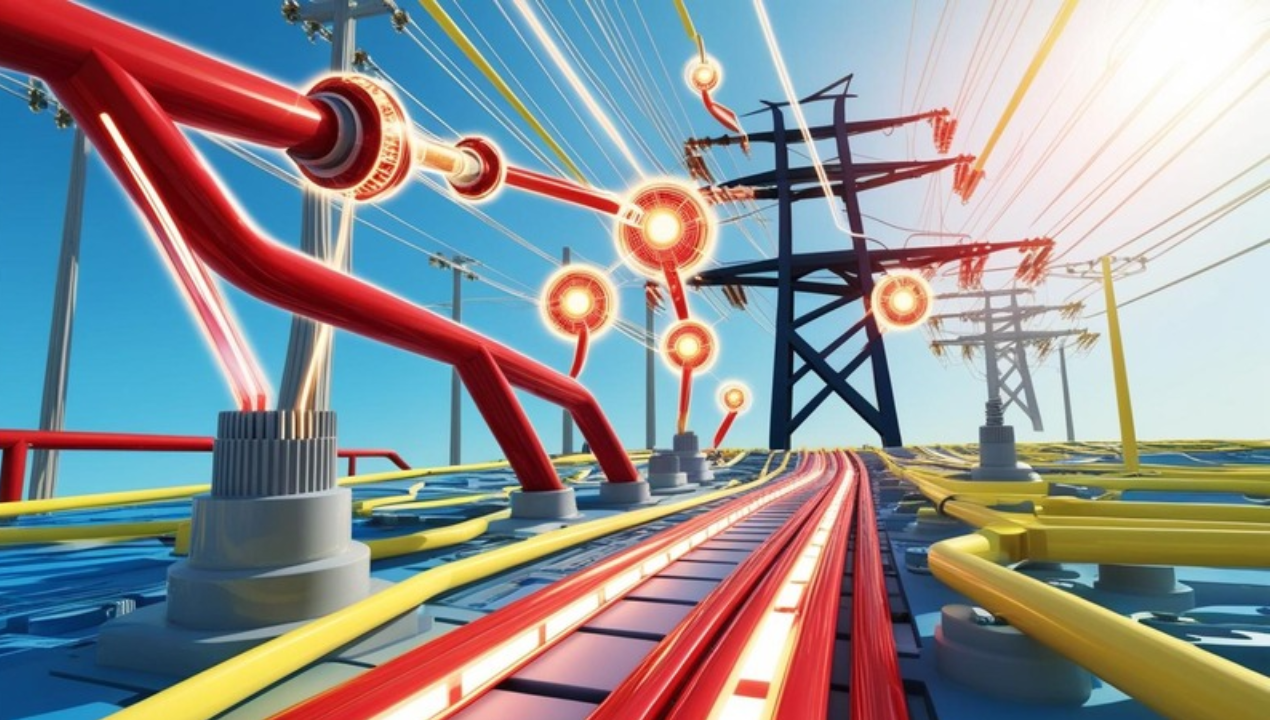Energy and Digital Technologies: Can Industries Operate Without Energy Going Forward?
Posted by Geronimo Lebina on 29 April 2025, 15:50 SAST
In every modern industry, energy is not just a utility—it is the core enabler of operations, automation, data processing, and service delivery. As industries grow more digitized, the dependence on reliable, scalable, and clean energy increases. This article examines the real-world relationship between energy and digital technologies, and provides a data-driven answer to the question: Can industries live without energy in the future?
1. Digital Technologies Are Energy Technologies
From AI systems and cloud infrastructure to robotics and blockchain, digital technologies function through continuous electrical power. Even low-power devices—like IoT sensors—rely on batteries, grid connections, or ambient energy harvesting.
Case Example: Amazon Web Services (AWS)
AWS data centers, which support major parts of the internet and global commerce, consume approximately 20 terawatt-hours (TWh) of electricity annually—more than some small countries. Without stable energy, cloud computing services, AI applications, and global logistics systems would fail instantly.
2. Industrial Automation: Dependent on Power Continuity
Manufacturing, supply chains, mining, and chemical processing depend on digitally controlled machinery and sensor-driven production lines. These systems require zero-interruption power, especially for safety and precision.
Real-World Example: Siemens Digital Factories
Siemens operates fully automated factories using digital twins and AI-controlled robotics. These facilities rely on smart grids and redundant energy sources, including on-site solar plus battery systems. A few seconds of power loss can halt production, damage machinery, and result in high-cost downtime.
3. Telecommunications and Financial Systems
mobile network, internet service, or digital banking platform can run without constant energy. Every mobile tower, server, and transaction requires electricity.
Case Example: MTN and Vodacom Base Stations
In areas facing frequent blackouts, mobile operators install diesel generators or solar-battery hybrids at base stations. Without these, network coverage collapses—affecting millions of users and critical services like mobile money, emergency calls, and business communications.
4. Energy-IT Feedback Loop
As digital technologies require energy to operate, they also help optimize energy usage through smart grids, predictive maintenance, and energy analytics platforms. This creates a closed loop where energy and digital systems are co-dependent.
Real-World Example: Enel’s Smart Grid Infrastructure
Enel uses AI, edge computing, and IoT to balance load and predict failures in its European energy networks. The system prevents blackouts and improves energy efficiency by up to 25%, proving that energy infrastructure itself is now a digital system.
5. There are some Industries that cannot Survive Without Energy Going Forward
From agriculture using AI drones, to hospitals running AI diagnostic platforms, to logistics firms depending on GPS and blockchain—all of these systems cease to function without energy. Even short-term outages can result in:
Revenue loss
Data corruption
Safety hazards
Reputation damage
For industries seeking resilience and scalability, energy independence and management are now as critical as cybersecurity.
Conclusion
Energy is non-negotiable. In a digital economy, it is as essential as data itself. The future of every industry—whether health, finance, education, or manufacturing—relies not just on energy access, but on smart, uninterrupted, and clean energy systems.
The answer is clear: some of the many industry can not function, let alone grow, without energy in a digital-first world. As technology evolves, energy will remain its invisible backbone—without which, the entire system fails.


